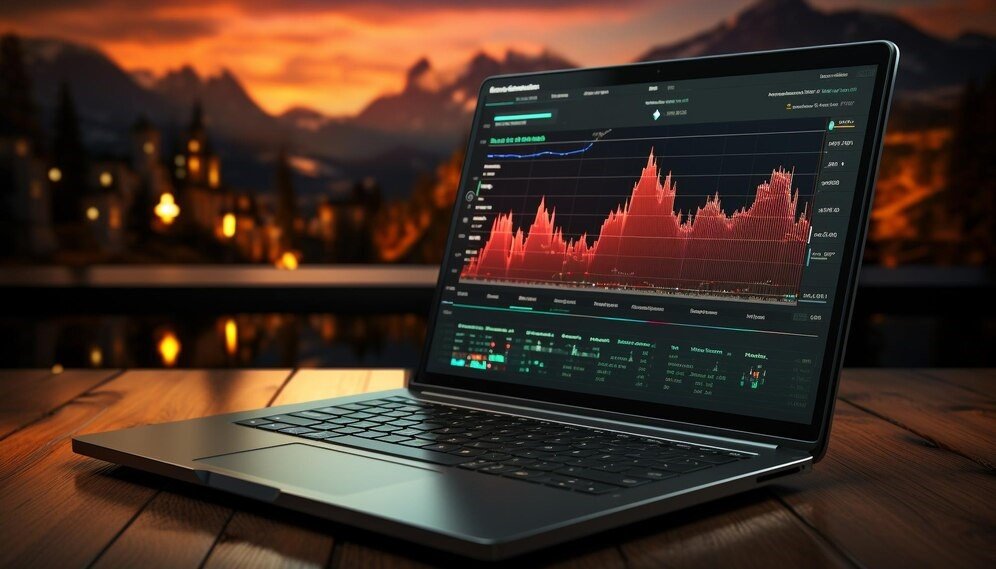How to Blur Background in Zoom ? In recent times, virtual meetings have become an integral part of our professional and personal lives. As the reliance on video conferencing tools like Zoom continues to grow, the need to enhance the visual experience during these meetings becomes paramount. One feature that has gained popularity is the ability to blur the background in Zoom, adding a touch of professionalism and eliminating distractions. In this article, we will explore the why, how, and various aspects of background blur in Zoom.
Table of Contents
Why Blur Background in Zoom?
Enhancing Professionalism
A blurred background lends a professional touch to your virtual meetings, signaling to your audience that you take your online presence seriously. It creates a clean and polished look, similar to what one might achieve in a physical office setting.
Minimizing Distractions
In the realm of virtual meetings, the background can sometimes be cluttered or less than ideal. By blurring the background, you eliminate potential distractions, allowing your colleagues or clients to focus on you and the content of the meeting.
Privacy Concerns
For those working remotely from shared spaces or home environments, privacy can be a concern. Background blur provides a layer of confidentiality, ensuring that only you are in focus during the meeting.
Zoom Background Blur Feature
Zoom recognizes the importance of a professional and distraction-free virtual environment, and to address this, they have introduced a built-in background blur feature. Enabling this feature is simple.
- Open Zoom and go to Settings.
- Navigate to the Virtual Background tab.
- Check the “I have a green screen” box.
- Select the “Blur” option from the virtual background options.
Once these steps are completed, your background will be seamlessly blurred during Zoom meetings.
Alternative Methods for Background Blur
While Zoom’s built-in feature is convenient, some users may seek more control over their background blur. Several third-party applications offer additional features and customization options. Applications like XSplit VCam, ChromaCam, and ManyCam provide users with the ability to adjust the degree of blur and even replace the background entirely.
It’s essential to note that when opting for third-party tools, users should be mindful of the security implications and ensure the software aligns with their privacy standards.
System Requirements for Background Blur
To ensure a smooth experience with background blur, it’s crucial to meet the necessary system requirements. While Zoom’s built-in feature is relatively light on resources, external applications may have specific hardware demands. Here are some tips to optimize your system for background blur:
- Use a modern computer or mobile device.
- Ensure your device meets the minimum specifications for the chosen third-party application.
- Good lighting conditions contribute to better background blur.
Troubleshooting Common Issues
As with any technology, users may encounter occasional issues with background blur. Some common problems include:
- Blurring not working correctly.
- Choppy or laggy performance.
- Incompatibility with certain devices.
To address these issues, consider the following tips:
- Update Zoom and third-party applications regularly.
- Check for hardware or driver updates.
- Ensure proper internet connectivity.
Security Considerations
When using third-party applications for background blur, it’s essential to prioritize security. Before downloading any software, research its reputation and reviews. Additionally, familiarize yourself with Zoom’s security features related to virtual backgrounds to protect your privacy during meetings.
Tips for an Effective Blurred Background
Achieving an optimal blurred background involves more than just enabling the feature. Consider the following tips for a professional look:
Proper Lighting for Optimal Results
Good lighting is key to background blur. Ensure your face is well-lit, and there are no harsh shadows. Natural light is often the best choice for a clean and professional appearance.
Choosing Suitable Virtual Backgrounds
If you opt for a virtual background instead of a blurred one, choose images that align with the context of your meeting. Avoid overly busy or distracting backgrounds that may negate the benefits of background blur.
Zoom Background Blur on Different Devices
Instructions for PC and Mac Users
Enabling background blur on Zoom for PC and Mac users follows the same steps mentioned earlier. Ensure your device meets the system requirements for optimal performance.
Guidance for Mobile Device Users
For users on mobile devices, accessing background blur is equally straightforward. Open the Zoom app, go to Settings, select Meetings, and toggle the Virtual Background switch. From there, choose the “Blur” option to achieve a professionally blurred background.
Benefits of a Blurred Background
Improving Video Call Aesthetics
A blurred background enhances the overall aesthetics of your video calls, creating a visually appealing experience for participants.
Focusing Attention on the Speaker
By eliminating background distractions, attention naturally gravitates towards the speaker, fostering better communication and engagement.
Zoom Etiquette with Background Blur
Best Practices for Professional Settings
When using background blur in a professional setting, follow these best practices:
- Dress professionally as you would for an in-person meeting.
- Test your background blur before the actual meeting.
- Use a stable internet connection to avoid disruptions.
Avoiding Potential Faux Pas
While background blur can enhance your virtual presence, it’s essential to avoid potential mistakes:
- Ensure your virtual background aligns with the formality of the meeting.
- Avoid sudden movements that may disrupt the blur effect.
Personal Experiences of Users with Background Blur
Many users have reported positive experiences with background blur in Zoom. It has become a game-changer for individuals seeking a more professional appearance in virtual meetings.
Real-World Examples of Its Impact on Virtual Meetings
Business professionals, educators, and creatives have shared how background blur has transformed their virtual interactions, providing a polished and distraction-free environment.
Future Developments in Video Conferencing
As technology advances, we can expect further developments in video conferencing features. Future iterations may include more sophisticated background blur options, augmented reality enhancements, and improved overall user experience.
Conclusion
How to Blur Background in Zoom ? In the evolving landscape of virtual meetings, the ability to blur the background in Zoom has emerged as a valuable tool for professionals seeking to elevate their online presence. Whether through Zoom’s native feature or third-party applications, users now have the flexibility to customize their virtual environment. By adhering to best practices, considering security implications, and staying informed about future developments, individuals can make the most of this innovative feature.
FAQs
- What devices support Zoom background blur?
- Zoom background blur is supported on both desktop (PC and Mac) and mobile devices.
- Can I use custom images for background blur?
- While Zoom’s built-in feature primarily offers blur, some third-party applications allow users to use custom images for background customization.
- How does background blur affect video call performance?
- Background blur on Zoom is designed to be resource-efficient. However, third-party applications may have varying impacts on performance depending on system specifications.
- Are there any privacy concerns with background blur?
- When using third-party applications, users should exercise caution and ensure the software aligns with their privacy standards. Zoom provides security features to safeguard user data during meetings.
- Can I disable background blur for specific meetings?
- Yes, users can toggle background blur on or off for each meeting, allowing flexibility based on the context and participants.





